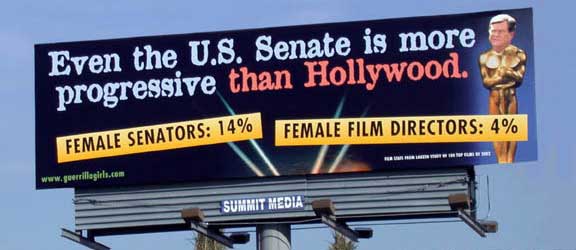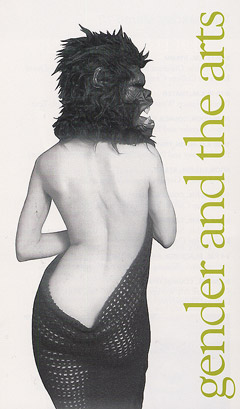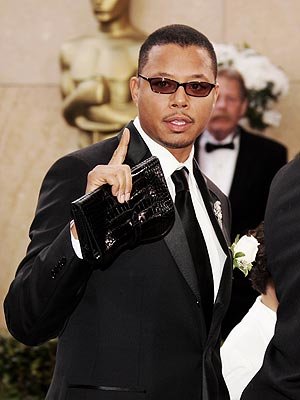Oil is to water as feminist is to church.
Or so many people assume, especially in the South.
That, however, is not true - at least in my case - because of JESUS.
Yes, churches may have a problem or at least a discomfort with feminists but, I don't think Jesus would have.
Jesus was different. In fact, it wouldn't surprise me if Jesus even identified as a feminist.
In a society where "a woman's social position was on the same level as that of children and slaves... [where] a woman's fortune was entirely tied to that of her husband [where] Boys went to school - girls didn't - which only perpetuated a system that limited women to hearth and home" (p 178),
Jesus was different. Back in Biblical times, Jesus approached women, spoke with them, taught them, traveled with them, loved and respected them.
"When women called [Jesus] 'Savior,' they may have been speaking of the temporal as well as the spiritual world" (p 175).
"Of course, each woman would have an individual response to Jesus, but judging from what we know of their surroundings, many women certainly had a positive one. Scattered throughout the Gospels are stories similar to that of the jug-bearing Samaritan woman [the woman at the well, John 4:4-42], where the female object of Jesus's attention is at first incredulous, then surprised, then excited to be addressed as an equal by such a compassionate and obviously learned man. Invariably, the stories end with the woman returning to her place of origin to share the message with her counterparts - as with the healing of Jarius's daughter in Matthew 9:18-26, when 'the report of this spread throughout the district.' In that healing as in so many others involving women, Jesus intentionally highlighted their plight" (p 174).
Jesus was different.
"Besides the obvious benefits of physical healing, how much of the good news that the women seemed so anxious to share centered on their acceptance as disciples on a par with Jesus's male followers?... Maybe Jesus's women are, instead, reacting positively to a spiritual leader who is talking to them face-to-face and giving them access to knowledge that up to then they had not possessed" (p 175).
Jesus was different.
"Here was a man who was preaching and teaching and living a life of equality in a world sharply defined by gender roles. Here was a man who insisted on conversation with people whom society had rendered invisible - the women, the sick, the poor. How much more powerful was his message when he spoke to a poor, sick woman?" (p 176).
Jesus was very different.
"But Mosaic law [as in, the law of Moses... i.e. the 10 Commandments and such] contained some fairly restrictive rules in regard to women, in particular in regard to their menstruation. If the original law was devoted more to cleanliness and health - as were dietary laws - than to the cultural restriction of women, there is some thought that this law was reinforced by bodies of writing such the Mishnah, the first recording of the Oral Torah,
in part to quell the growing equality fostered by early Christianity [my emphasis added]. In other words, the older law was in place in no small part to help ensure the physical safety of the Jews. As early Christianity and its message of oneness between the genders gained a toehold and then a foothold in ancient Mediterranean society, subsequent Jewish writings came down harder on restricting the movement and lives of females, which was hardly the laws' original intent" (p 178-79).
Hopefully you have caught on by now but, I shall say it again:
Jesus was different. He did not get hung up on those older, tedious laws. He also did not repress women with their lineage - to Eve or otherwise.
"Never once is it recorded that Jesus reminded a woman - as Jewish law did - that she was the daughter of Eve, nor did he hint that women were responsible for any sin other than their own. It simply was not an issue for him, and that must have been a freeing thing for women of that time to hear" (p181).
The wonderful thing is that it STILL is a freeing thing for women of THIS time to hear.
Jesus IS different.
Yes, some churches may cherry pick certain verses to maintain society's gender roles but, clearly, Jesus did not see a need for that separation: "There is no longer Jew nor Greek, there is no longer slave or free, there is no longer male and female; for all of you are one in Christ Jesus" - Galatians 3:28
Nonetheless, "writer after writer uses the Bible as the key tool against women's emancipation. With no thought to context, certain members of today's churches repeat the (misinterpreted) canard that women are to keep silent in the assembly, and that women are not to usurp authority over a man. Those same elect point to commonly held historical interpretations of the sacred text that wrongly insist there were no female apostles or early church leaders [um, hello, not only Mary Magdalene, Mary, Martha, but also Phoebe, Nympha, etc.] The role of women has been deleted or greatly discounted in subsequent retellings of the biblical stories... and far too much trust placed in the hands of unseen and unknown authors from long ago [likely influenced by that gender-role-requiring society]. The same rigorous scrutiny one would bring to, say, a new insurance policy is not practiced in regard to the Bible.
"Only by looking at the data as a whole can we come to understand Jesus and his honest and historical approach to gender. And then perhaps we, too, can respond as Martha did, with a resounding and matter-of-fact confession that Jesus is Christ, and his message applies equally to all of us" (p 183).
Thank God that Jesus was and IS different from society in how he treats women.
"Yes, Lord," she told him, "I believe that You are the Christ, the Son of God, who has come into the world."
- Martha, John 11:27
NOTE:
Excerpts in this blog were taken from Chapter 10: Water Jugs in the
book Dating Jesus: a story of Fundamentalism, Feminism, and the American Girl by Susan Campbell. The author, pushed away from Christianity by a rigorous and extreme Fundamentalist upbringing, is no longer a regular church attendee, but she is still "dating Jesus." This was a childhood notion she had that has stuck with her well into adulthood and the inspiration for her book. She clearly knows her stuff and was full of facts and references as well as humor if you'd like to read the book.
Also, the somewhat odd title of her chapter (Water Jugs) is a reference to women: "Throughout history, says feminist theologian Elisabeth Moltman-Wendel, water jugs have been a symbol associated with women. Women of significance in the Bible are often portrayed either holding a water jug or container or in close proximity to one. Abraham straps a water container onto Hagar's shoulder before he sends her wandering with her son in Genesis 21:14. Rebekah lets Abraham's servant drink from her jar in Genesis 24, and opens up a whole can of worms with Isaac. You get the idea. You see a woman, and a water container is most likely somewhere nearby" (p 170-71).


















